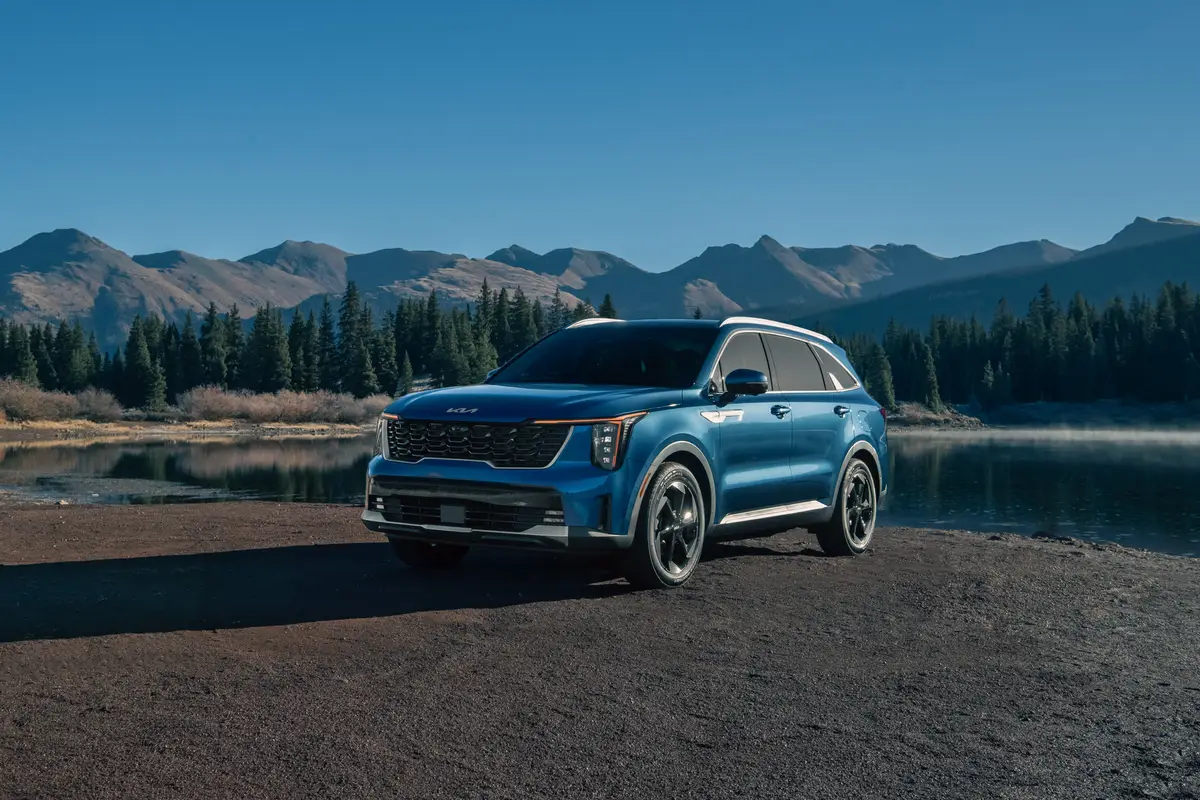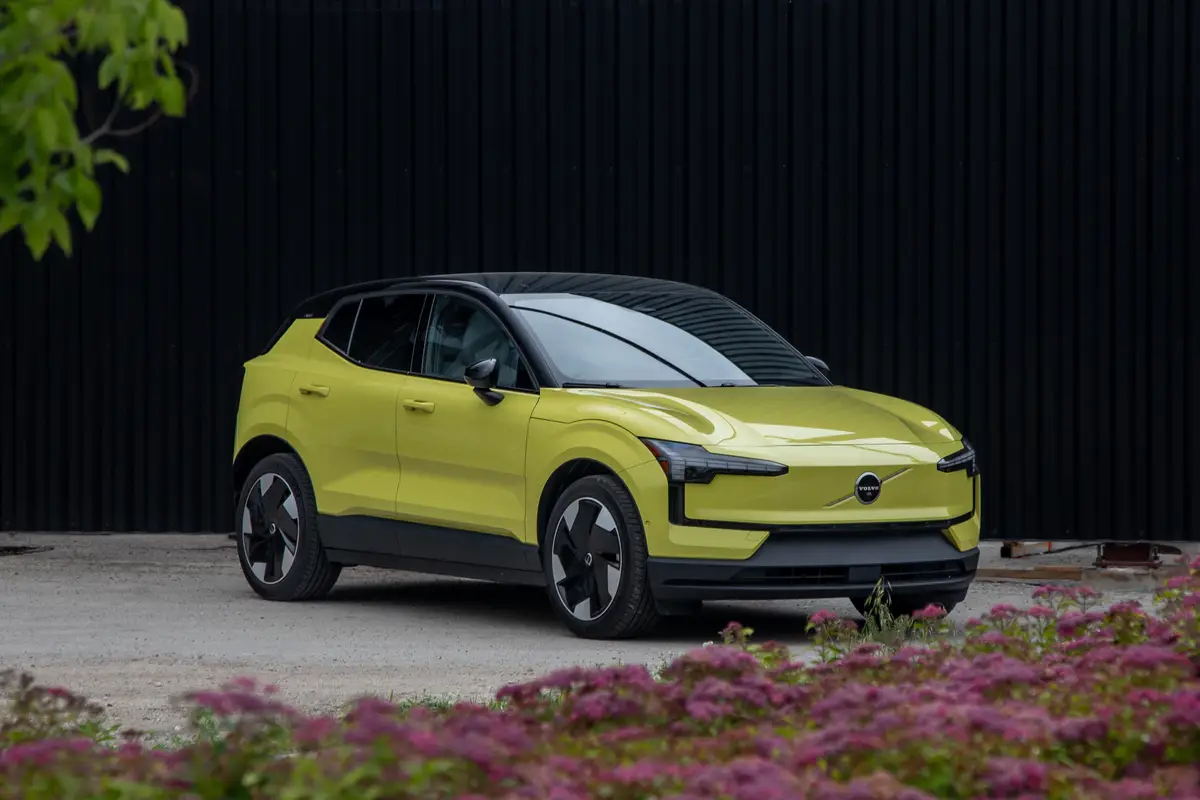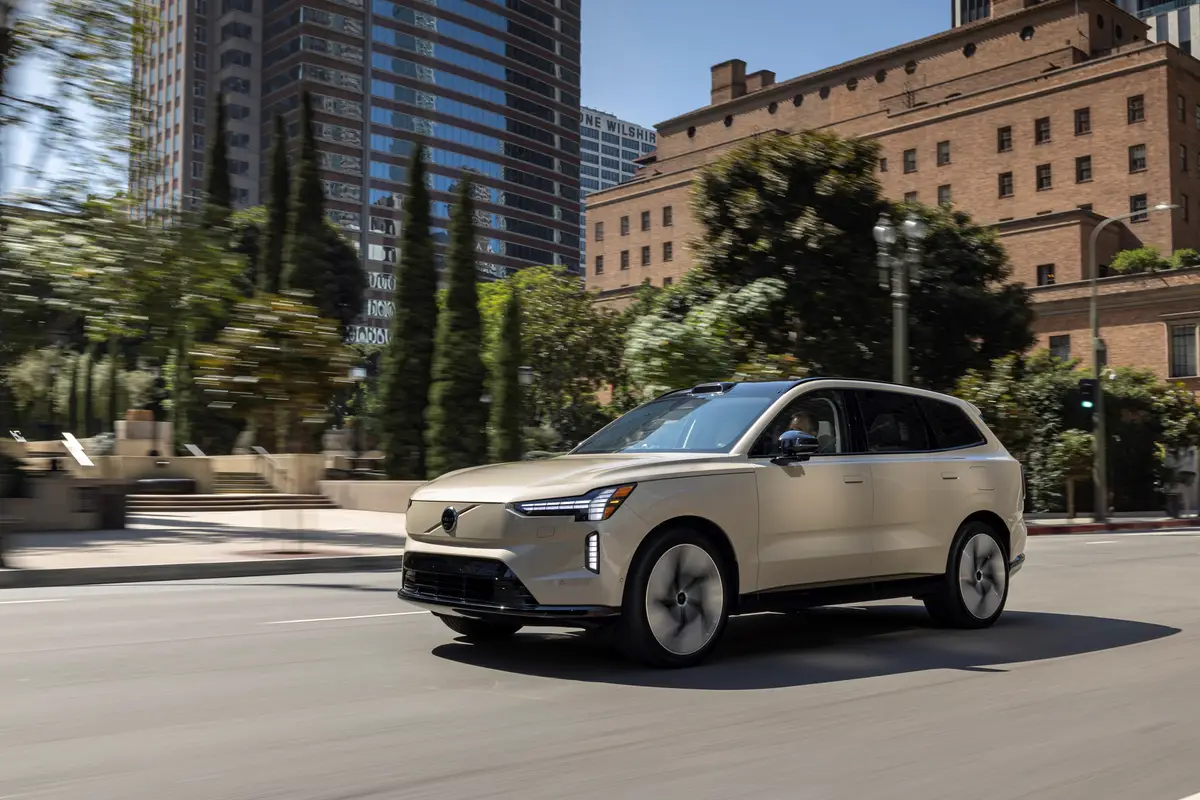2025 Mini Convertible Review: A Rare Kind of Fun

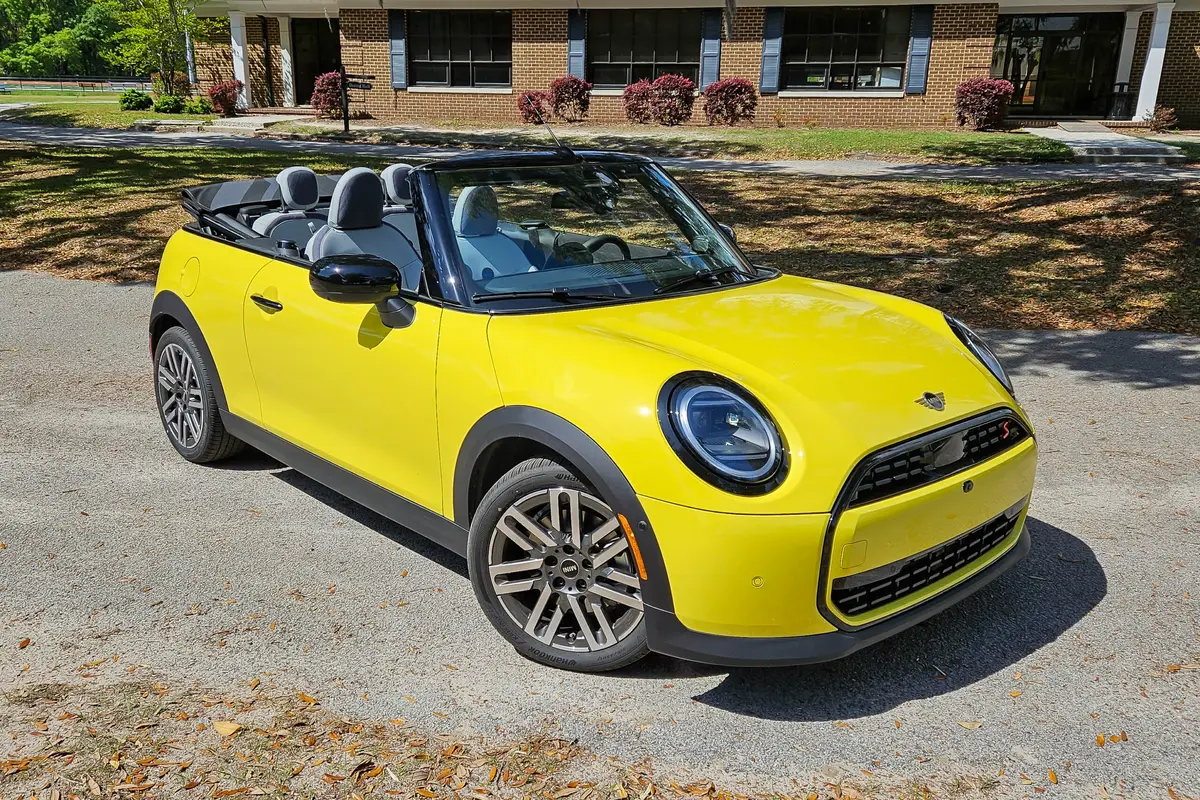
Is the Mini Convertible a Good Car?
- It’s not particularly practical or cheap, but if you’re looking for a fun-in-the-sun runabout that’s brimming with quirky personality, the Mini Convertible is a fine choice — and virtually the only game in town.
How Does the Mini Convertible Compare With Other Sporty Compact Cars?
- The Mini Convertible competes against a dwindling class of small and sporty cars, but it doesn’t have any direct rivals. The Mazda MX-5 Miata and Ford Mustang convertible are the only droptops in the same ballpark, but their missions are different from the Mini’s.
Related: 2025 Mini Cooper S Hardtop Review: Logic Need Not Apply
What Is the 2025 Mini Convertible?
The Mini Convertible is a subcompact sporty car that seems like it should come standard with inflatable beach toys and sand-castle tools considering its focus on sun-splashed fun. It’s a soft-top convertible version of the Mini Hardtop two-door hatchback, and like its fixed-roof sibling, it’s been redesigned for 2025. Both of these cars look like tarted-up versions of budget-friendly economy cars at first glance, but they’re more upscale than you might expect. Mini is owned by BMW, and all Mini vehicles are available with a wide variety of premium features and trim touches that are uncommon among most mainstream-brand vehicles.
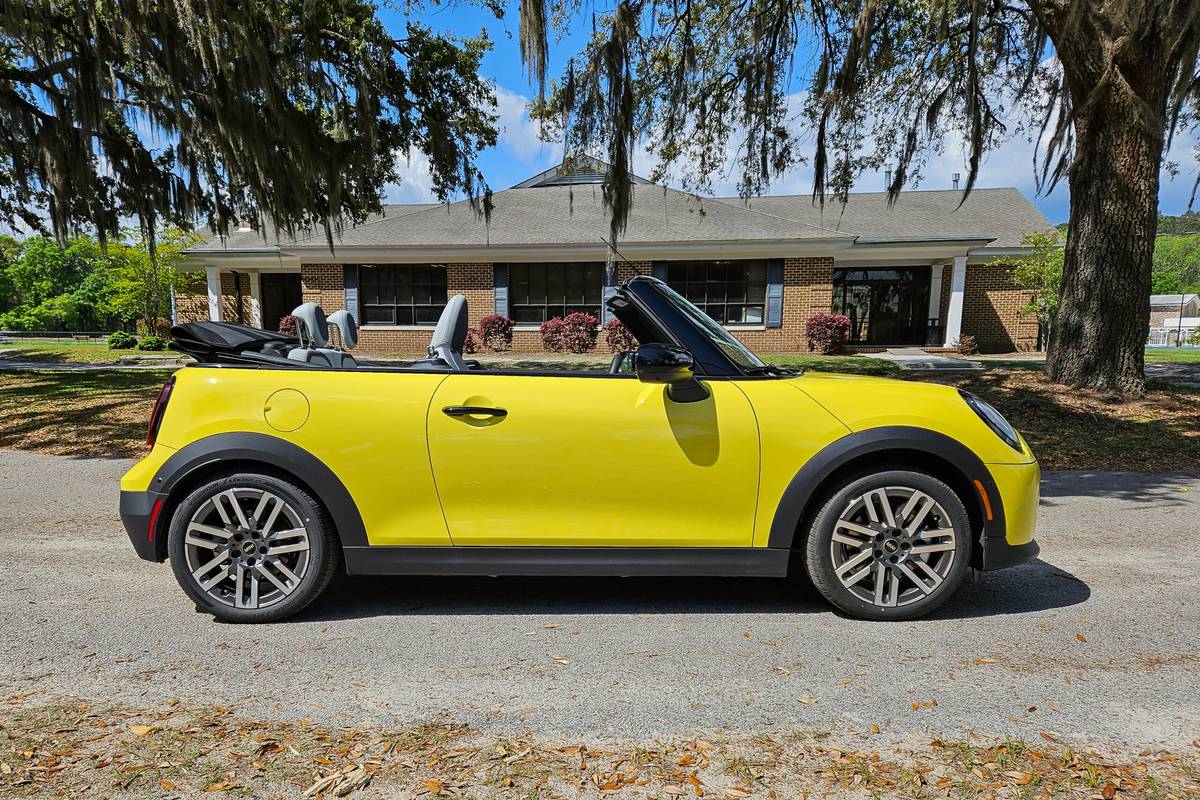

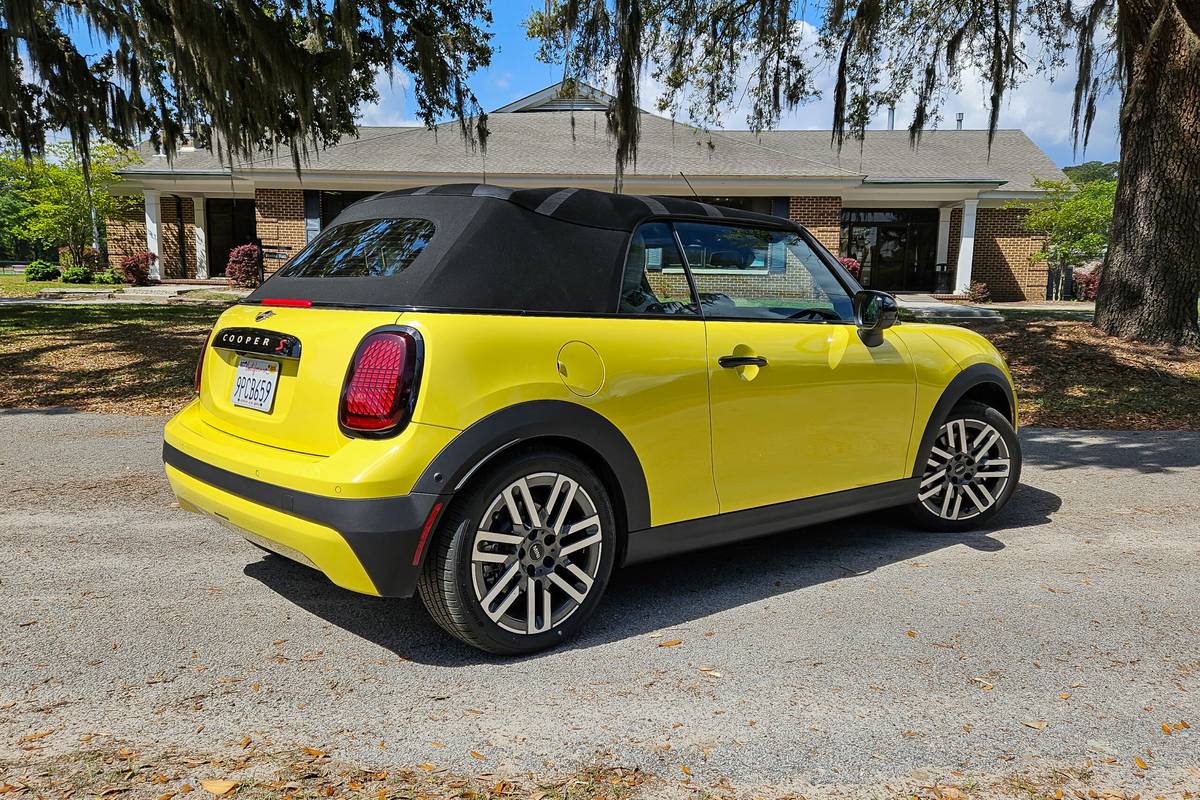

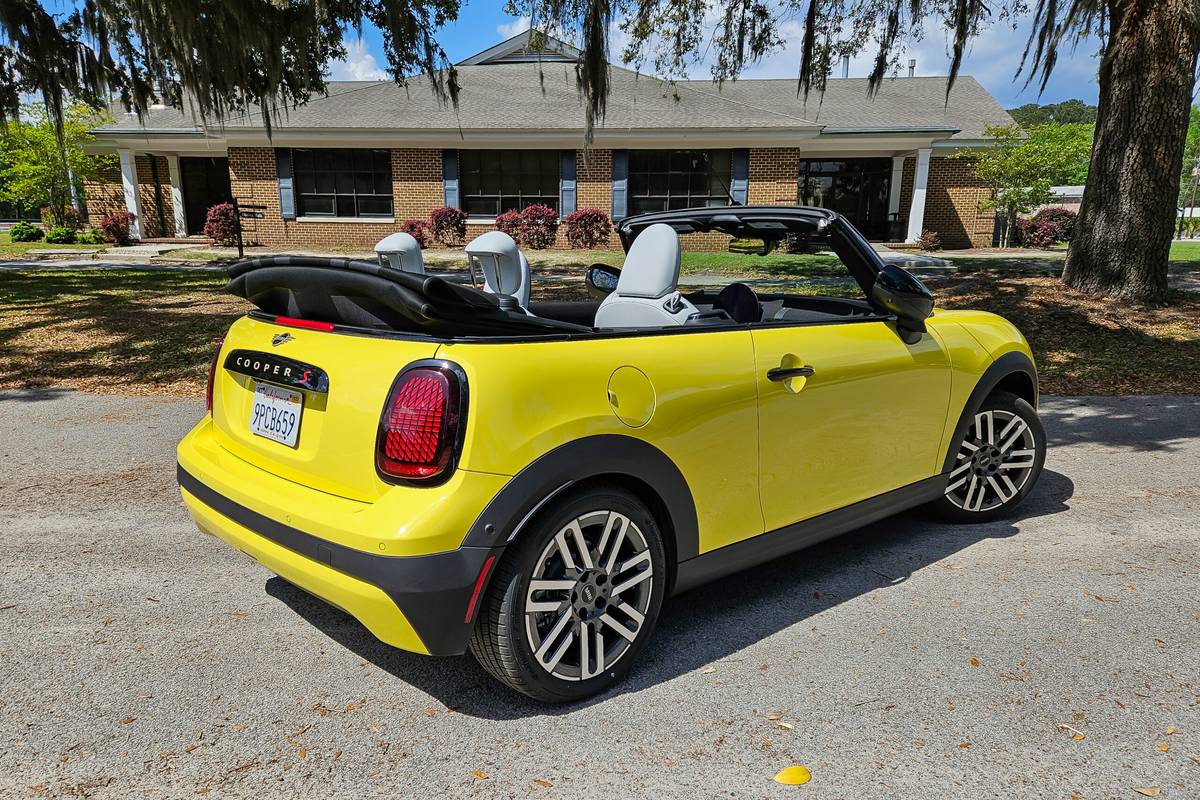
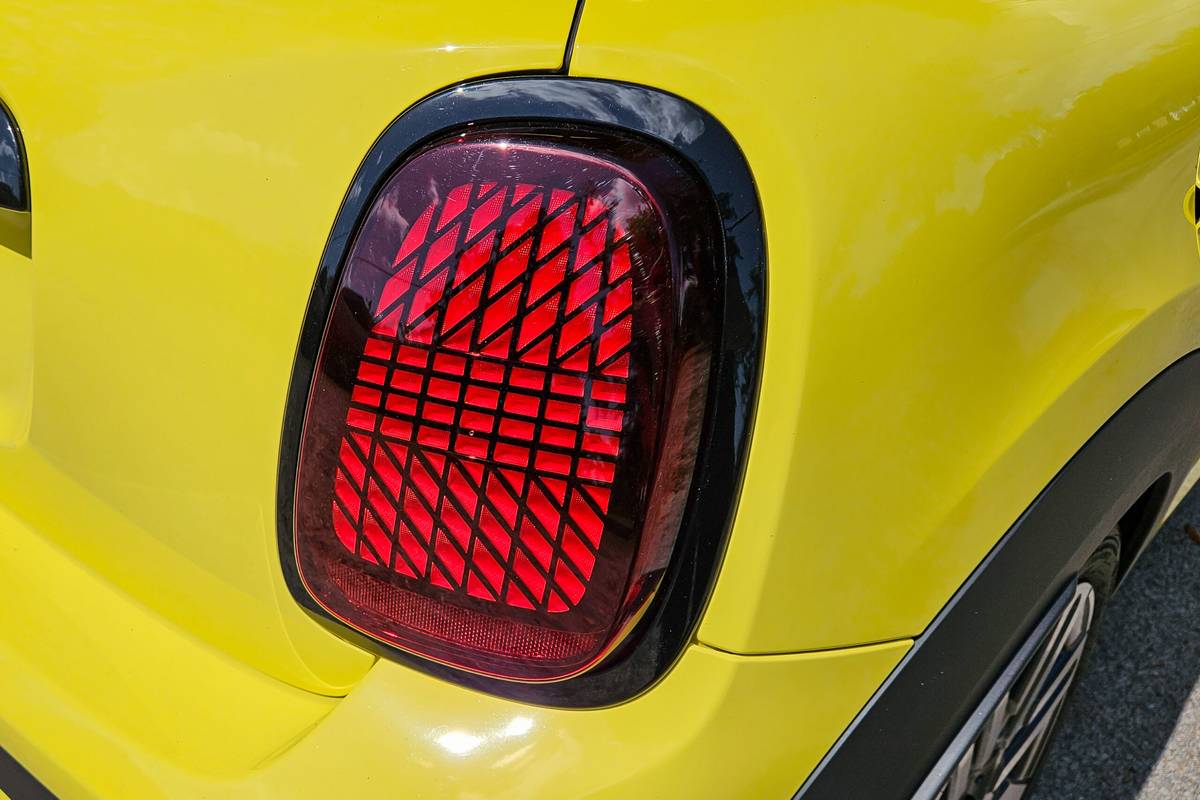
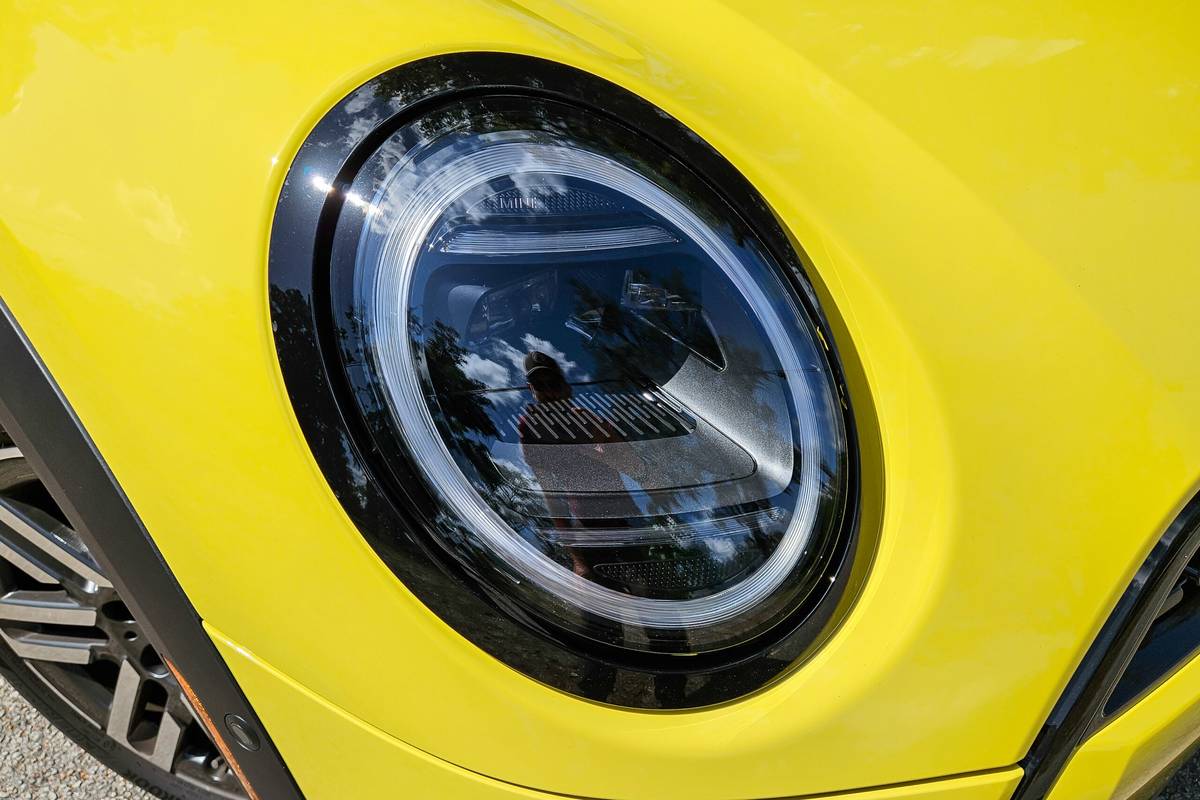







The Convertible’s engines and trims mirror the Hardtop’s. The entry-level Cooper is powered by a turbocharged 2.0-liter four-cylinder engine that makes 161 horsepower and 184 pounds-feet of torque. The Cooper S uses a tuned-up version of this engine that makes 201 hp and 221 pounds-feet of torque, while the top-line performance-oriented John Cooper Works version is hotter still: Its turbo 2.0-liter four-cylinder makes 228 hp and 280 pounds-feet of torque, and it also gets racier-looking body styling, stiffer suspension tuning and upgraded brakes. All come solely with front-wheel drive and a seven-speed dual-clutch automatic transmission; a manual transmission is no longer available.
At Mini’s invitation, I drove the new Mini Convertible in its S and JCW trims at Mini’s press preview event in Savannah, Ga. (Per our ethics policy, Cars.com pays for its own airfare and lodging when attending such manufacturer-sponsored events.)
How Does the Mini Convertible Drive?
The Cooper S’s engine delivers respectably zingy acceleration once its turbocharger spools up. The cancellation of a manual transmission is a bummer for enthusiast drivers, but the dual-clutch automatic is a decent consolation prize. It’s smooth and quick to downshift, and it exhibits almost none of the bogging and surging feel that plagues some dual-clutch automatic transmissions. The JCW is notably gutsier all around, with a snarkier exhaust note and snappier response, but like the S, the turbo often needs a beat to spool up and deliver power when you mash the accelerator pedal.
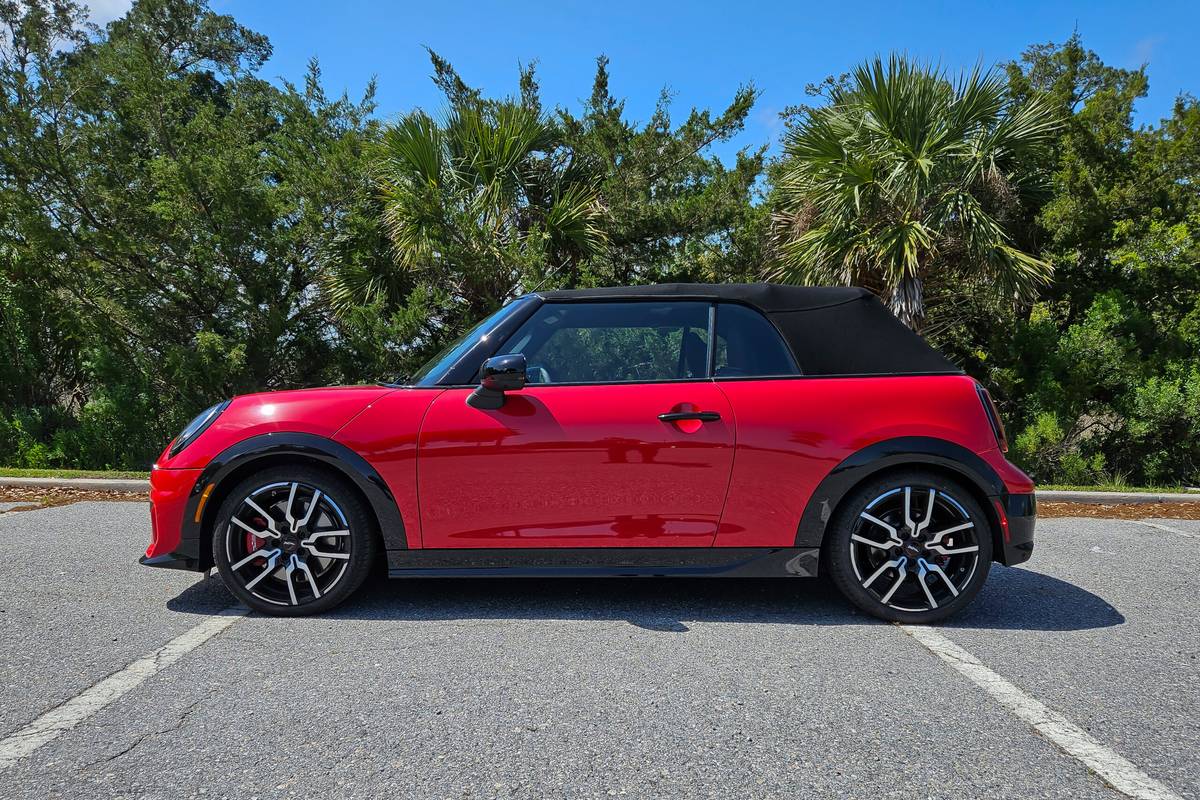
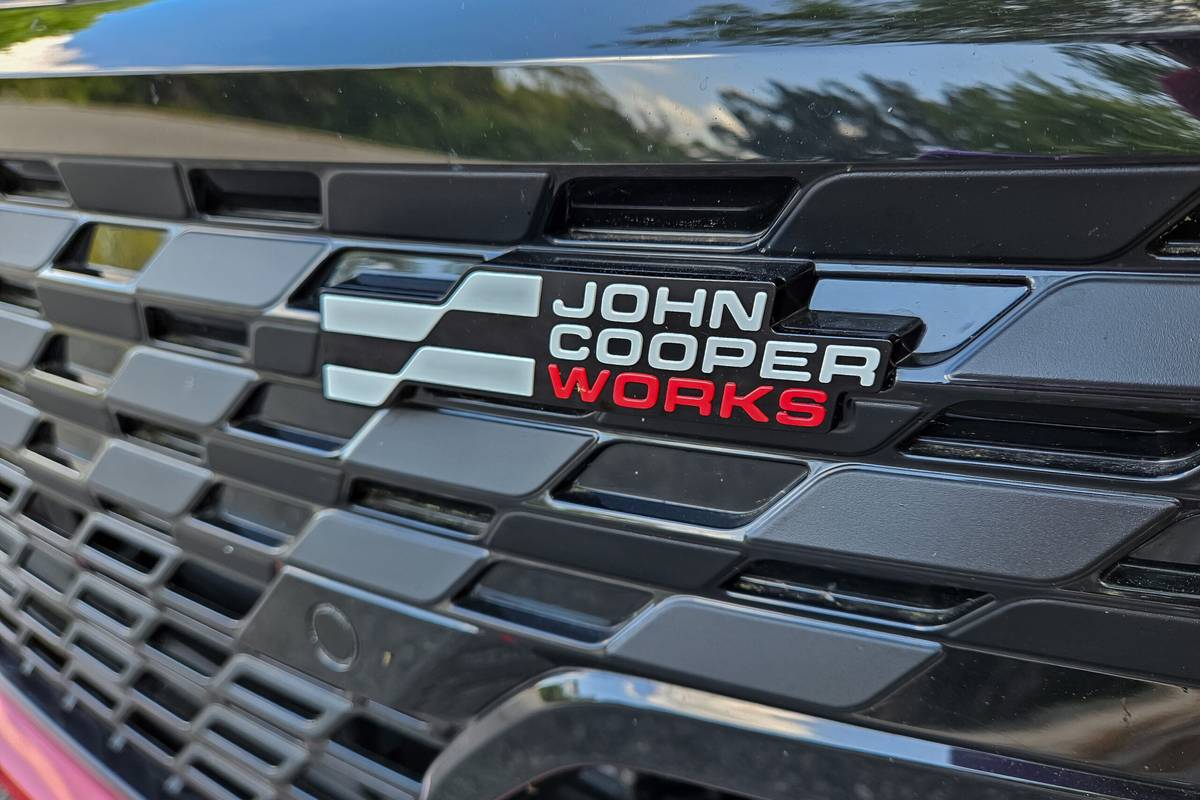

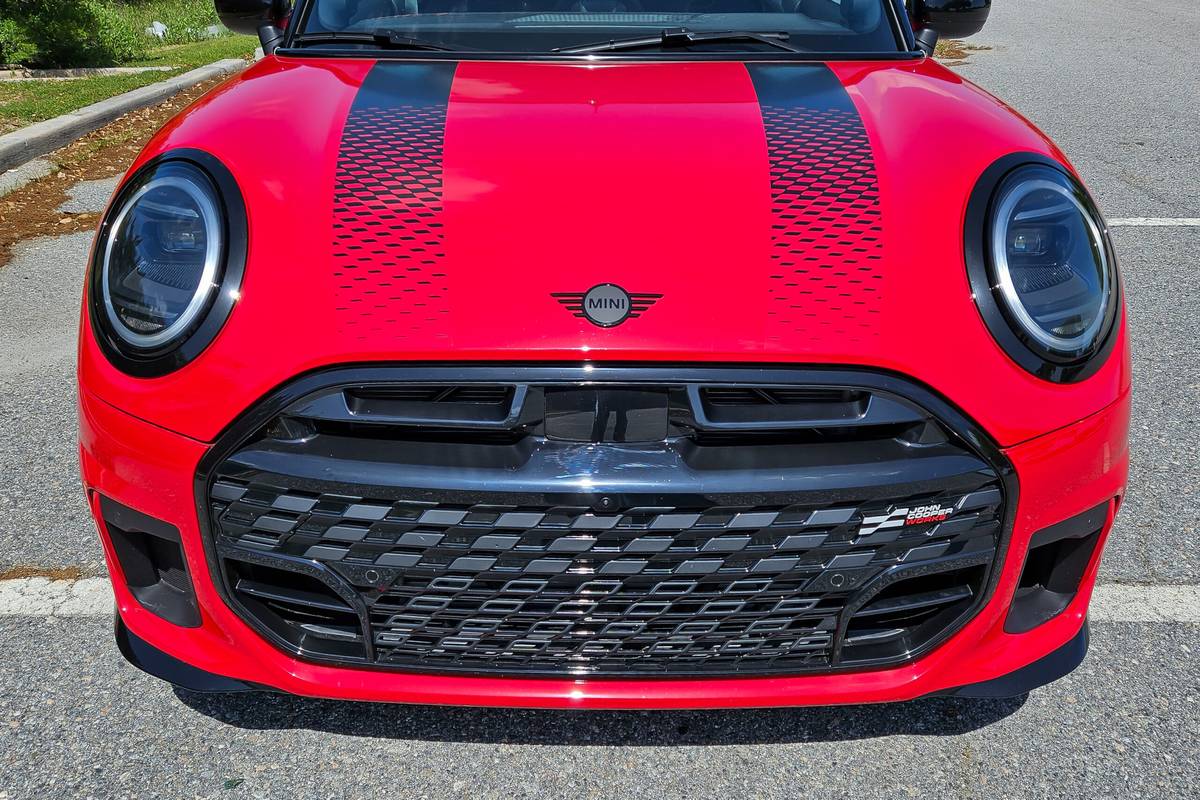

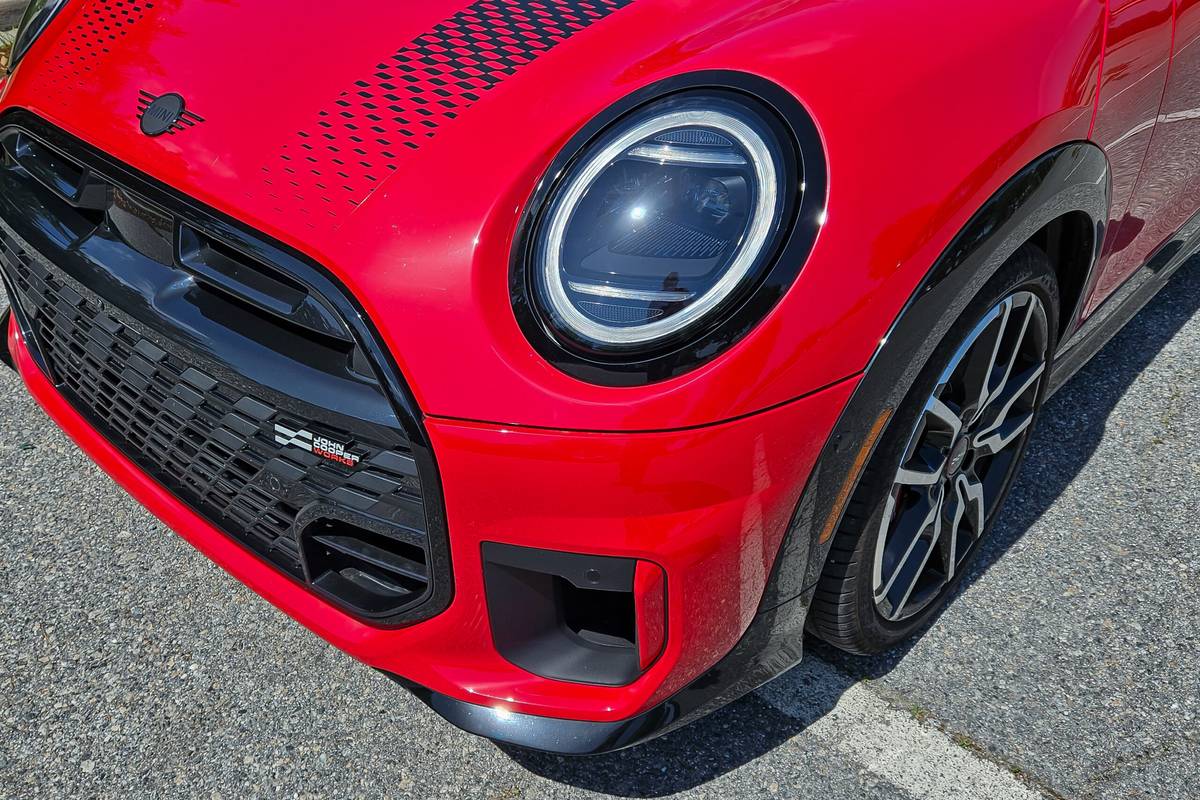
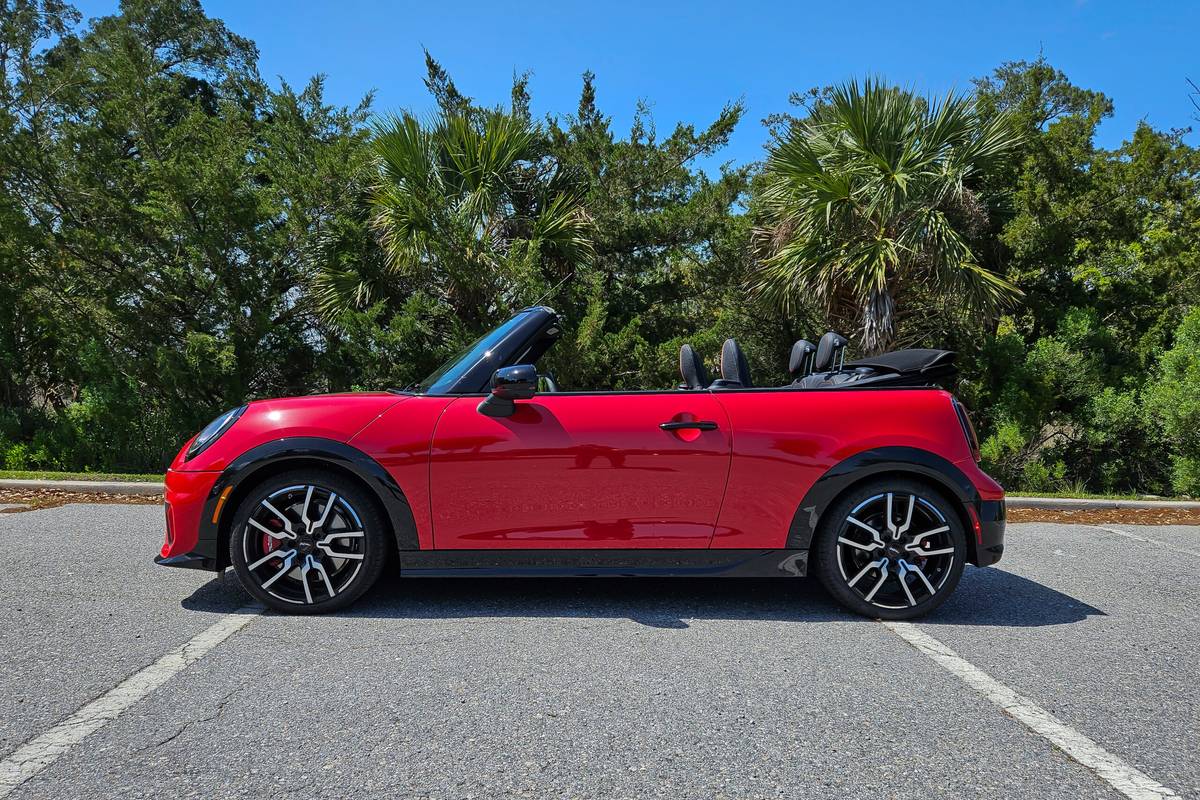
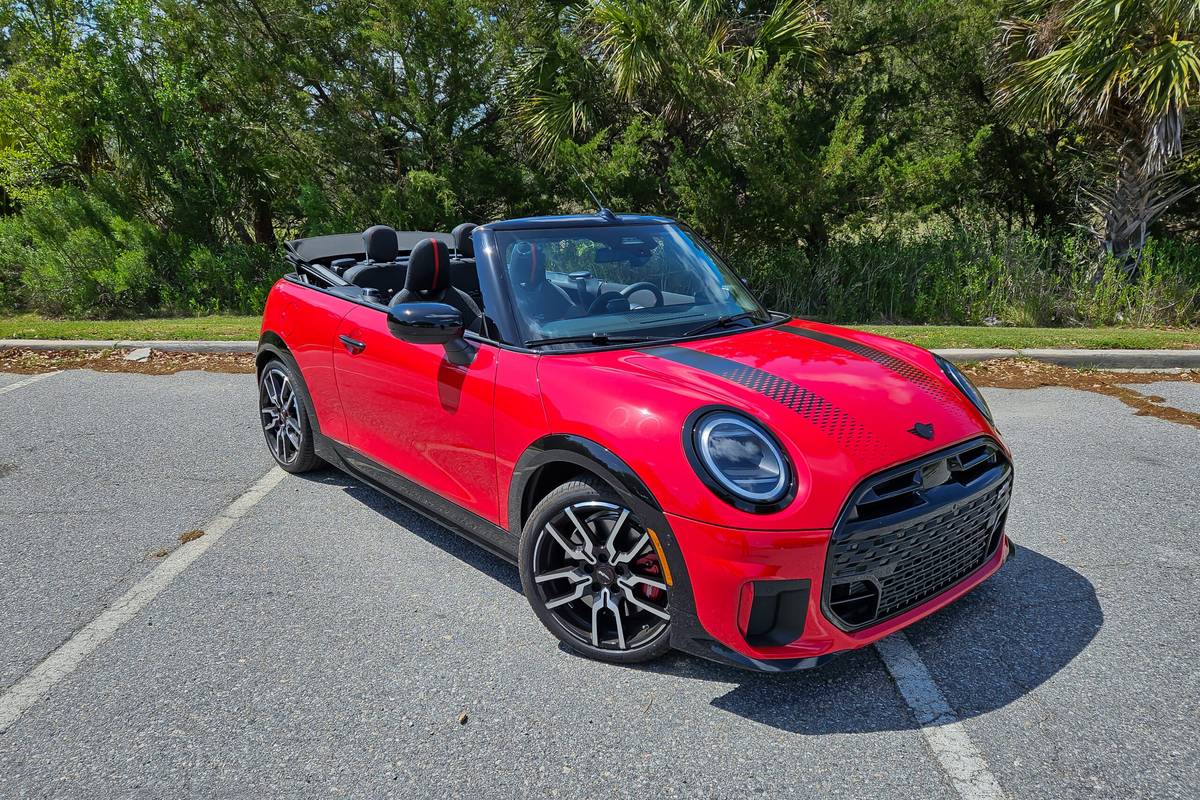
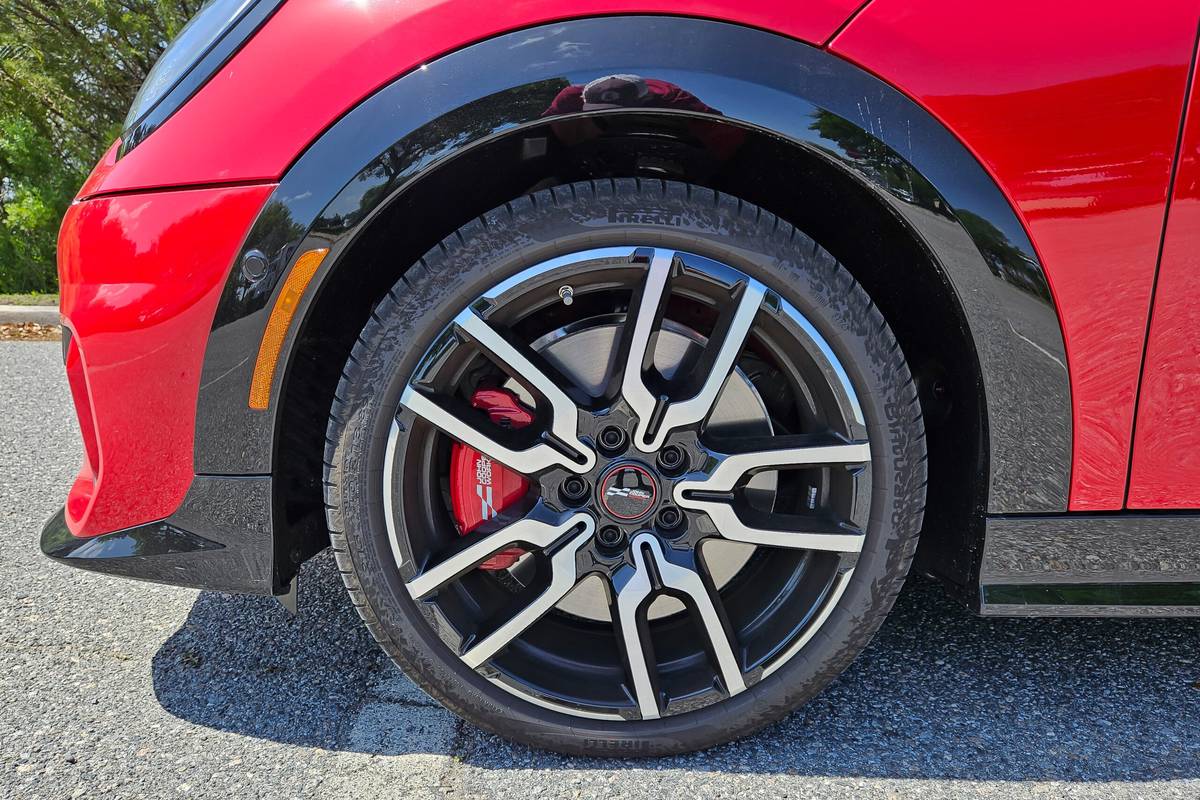
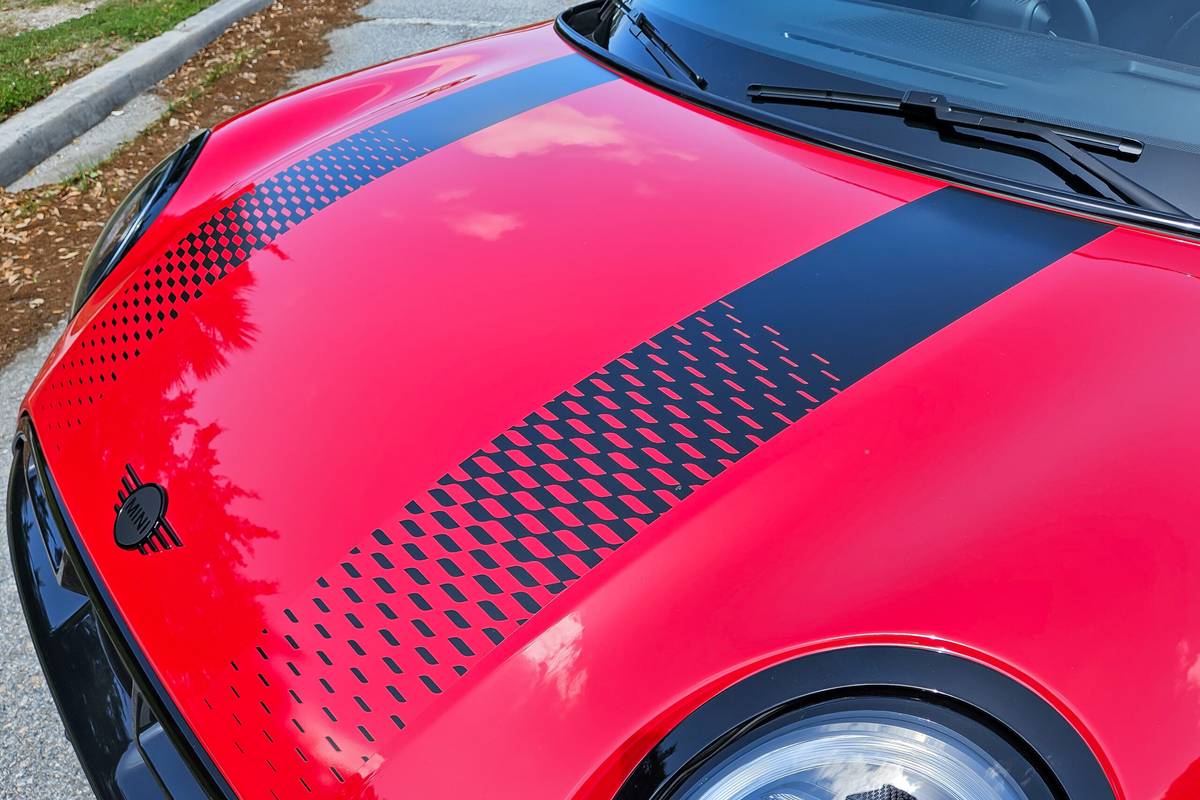










Unfortunately, there were no curvy roads on our drive routes to properly test the Minis’ corner-carving capabilities, but even on mundane surface streets and straight-line highways, the S feels crisp and nimble, with direct, communicative steering. The JCW is more agile still, with the same communicative steering feel. The trade-off for this handling prowess is a taut ride. The S is pleasant enough on smooth roads, but it can feel stiff over sharp bumps and potholes. The JCW with its available 18-inch wheels (17s are standard) is notably rougher riding than the S; its ride can get a bit punishing over really rough pavement.
Mini Convertible Vs. Mini Hardtop
Since convertibles don’t have the structural support of a fixed roof, they typically don’t feel as solid as a regular coupe or hatchback. The Cooper S I drove exhibited some noticeable, but not objectionable, body flexing and quivering over some undulating cobblestone streets and a couple of rough railroad crossings along our drive route; the JCW was more unsettled by this terrain, which exacerbated its rougher-riding feel.
The Convertible’s overall profile isn’t markedly different from its Hardtop counterpart’s. Both have a fairly tall, upright windshield that gives the cabin an airy feel for such a small car, but the windshield’s upright angle means the windshield header is far enough forward that it regularly blocks the view of overhead traffic lights, at least for tall drivers like me. The rearview-mirror view is fine when the top is up, but when it’s retracted, the folded top sits high enough that it significantly impedes rear visibility. To compensate, I used the side mirrors more frequently. And, since the Convertible doesn’t have the same kind of insulation or weather sealing as the Hardtop, it’s noticeably louder when the top is up.
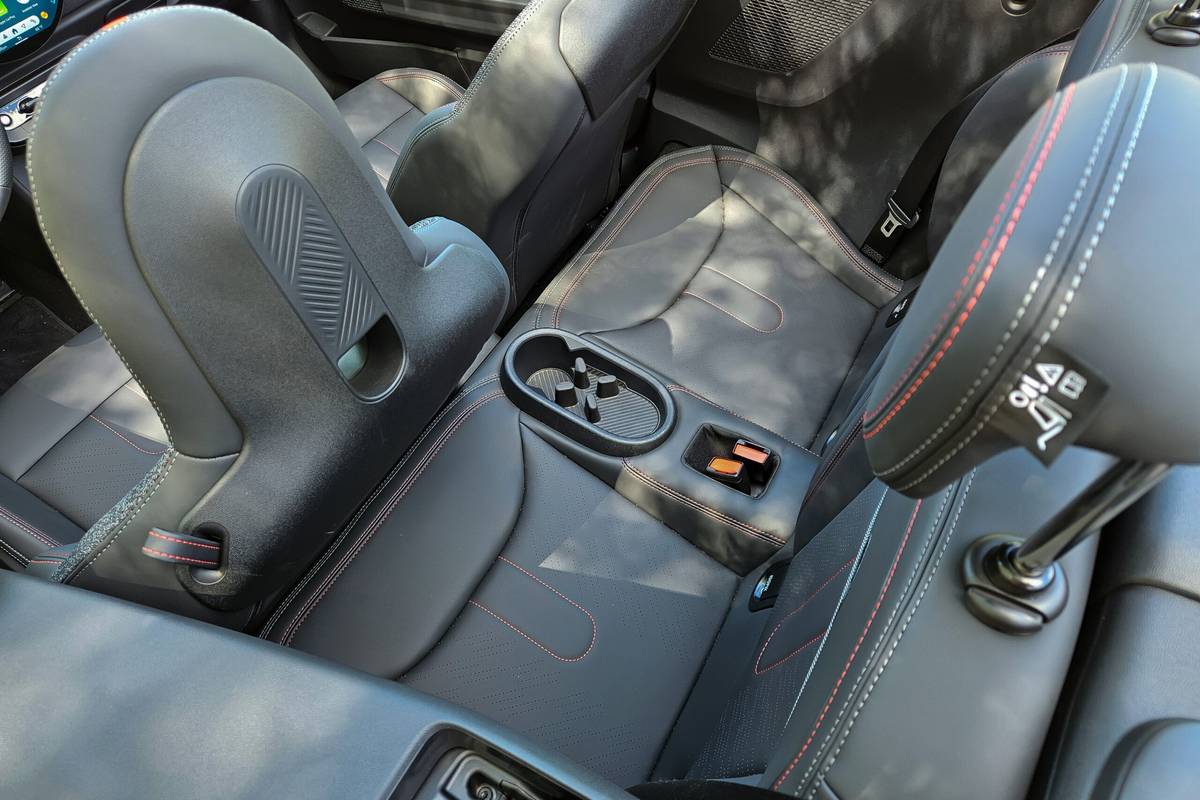
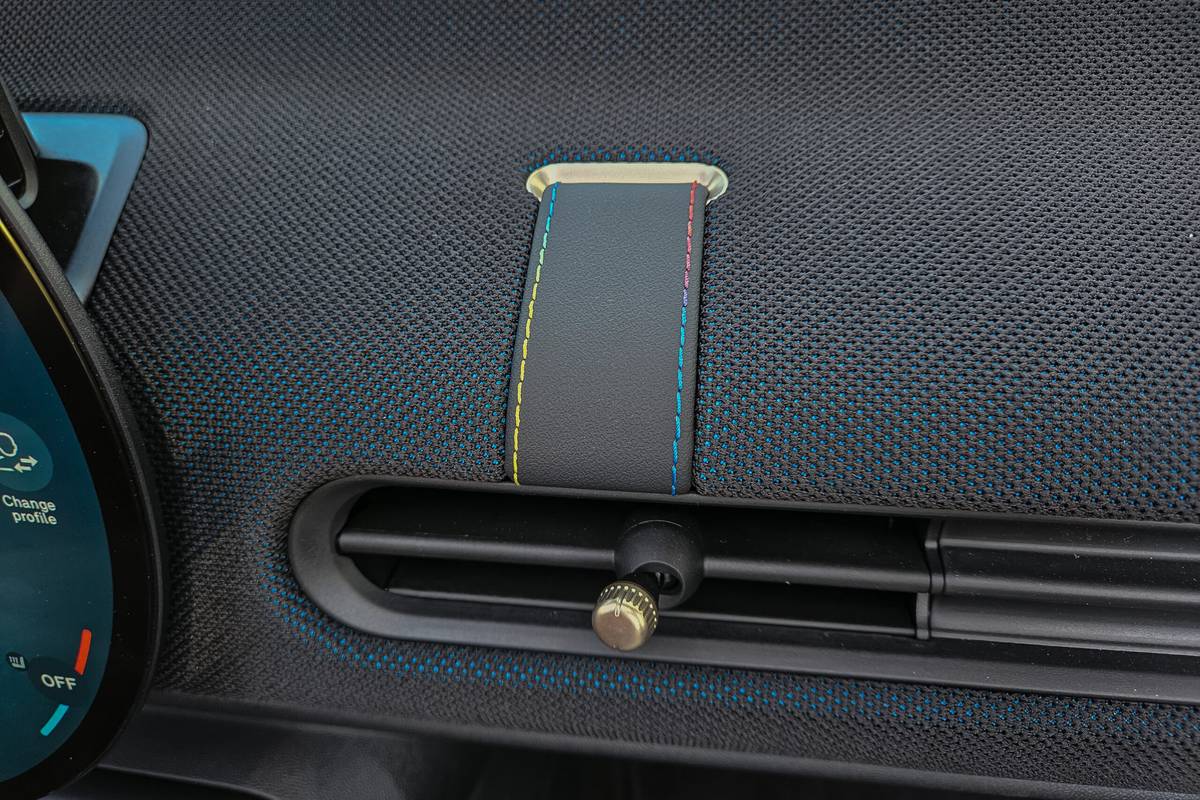

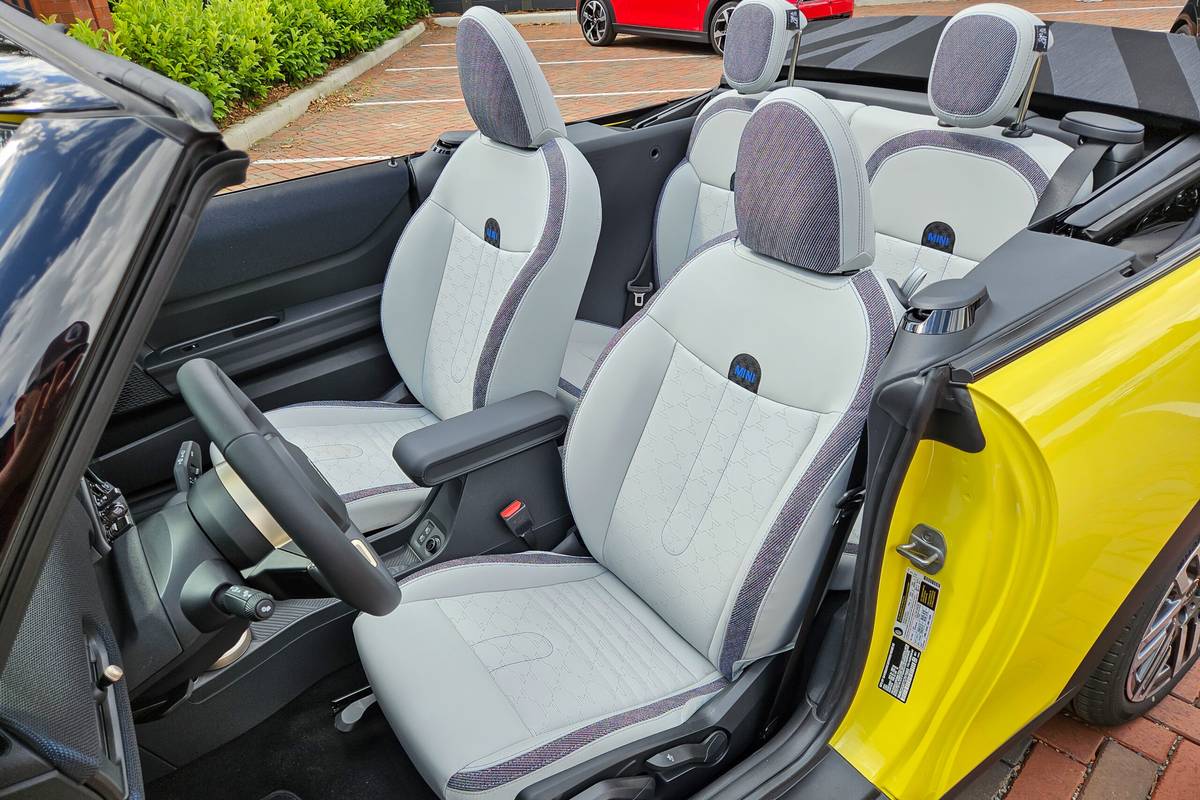
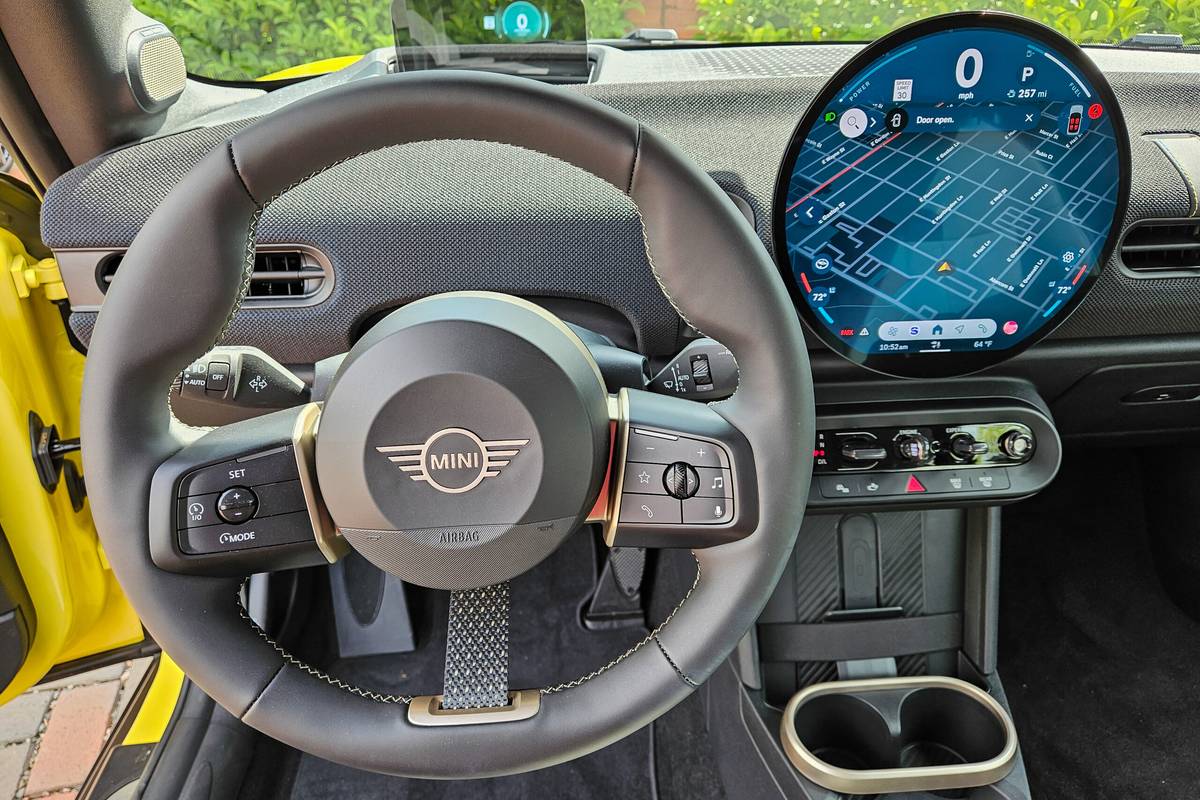
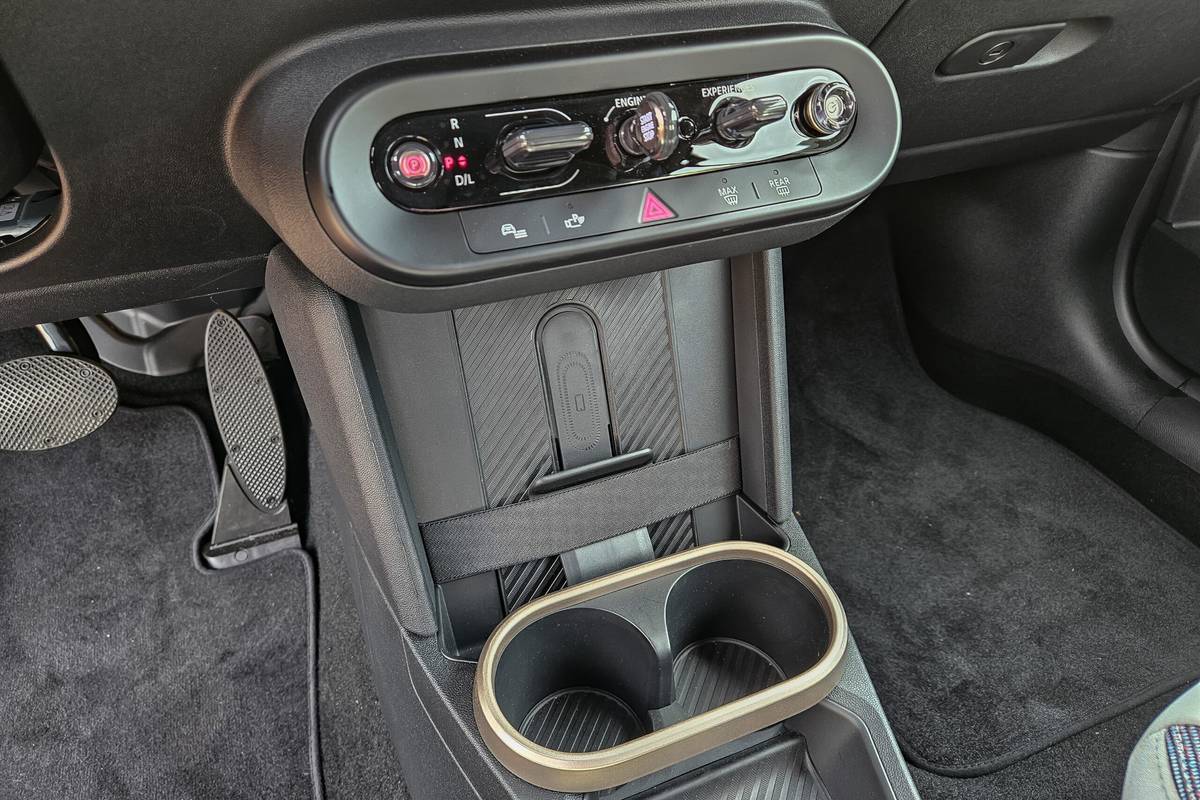
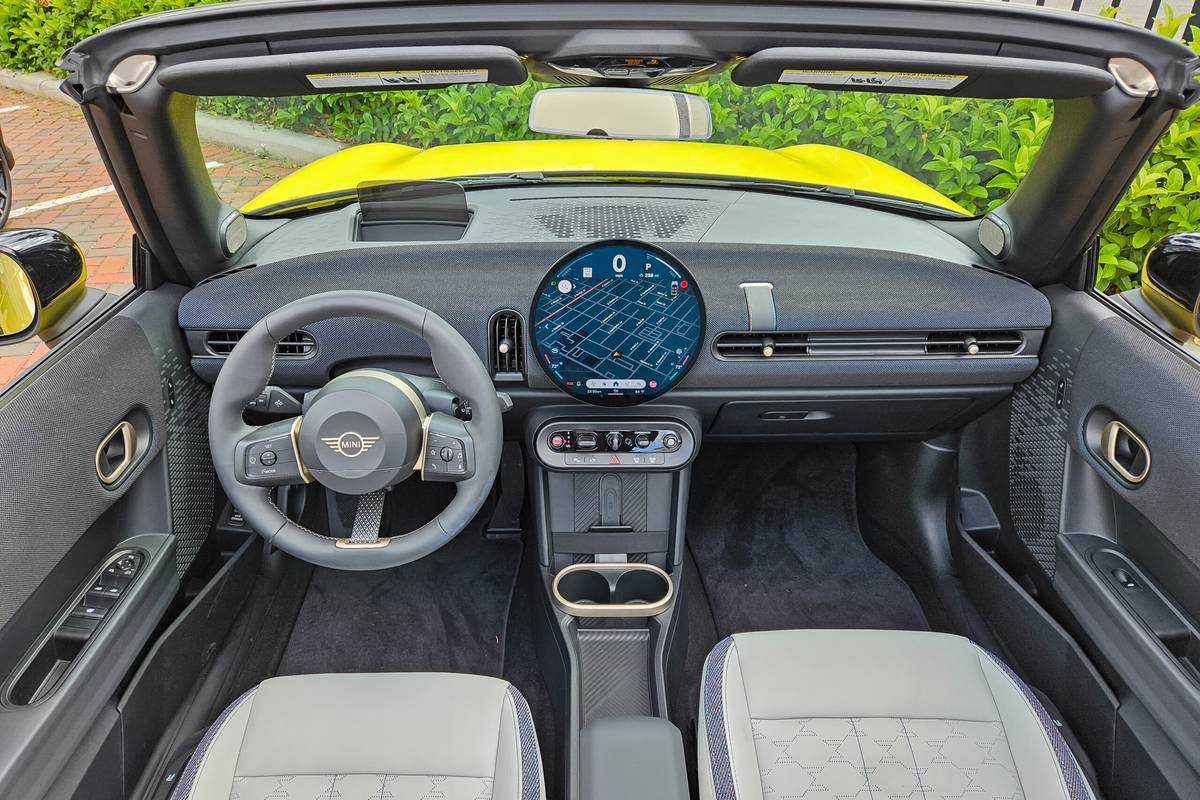
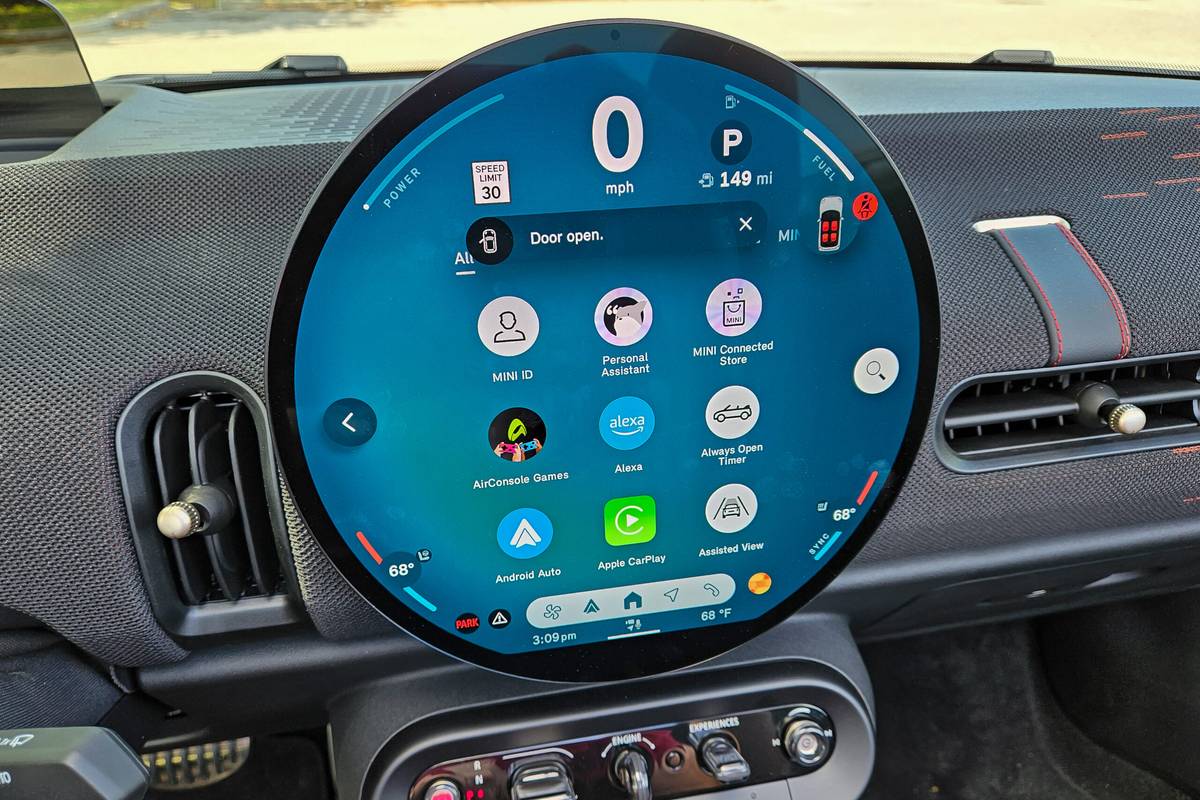
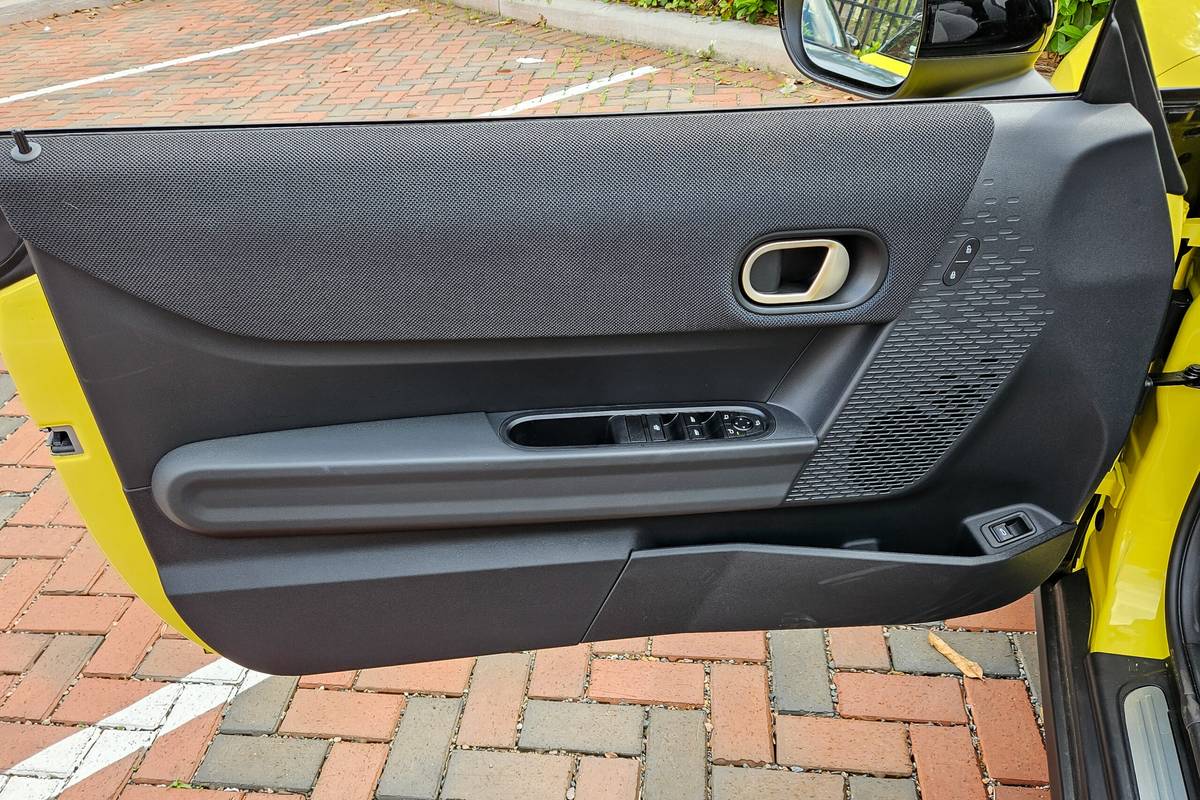









Neither the Hardtop nor the Convertible are very spacious for backseat passengers or cargo. With tall front-seat occupants, both are effectively two-seaters; adjusting the front seats all the way back reduces backseat legroom to zero, and even with petite front-seat occupants, the backseat is best suited for small children.
The Convertible’s cargo area is nowhere near as spacious or versatile as the Hardtop’s, but a couple of clever design touches make its tiny trunk a little more usable. Instead of a top-hinged hatchback, there’s a bottom-hinged trunk lid that flips down to reveal a very stingy trunk opening. However, the upper section of the trunk opening is also hinged; releasing a couple of latches and pushing up that upper section frees up enough space to make it easier to load larger cargo items, like a big backpack or carry-on suitcase. Obviously, a diminutive sporty convertible is no family hauler, but this Mini is more practical for a weekend getaway for two than a Mazda MX-5 Miata.
How Does the Mini Convertible’s Top Work?
Like its predecessor, the 2025 Convertible has a power fabric top that can be partially retracted to create a moonroof-like opening if you don’t want the full open-air experience. When you do want the wind in your hair, the top fully retracts in less than 20 seconds at speeds up to about 19 mph. Pressing and holding a button on the windshield header retracts the top to “moonroof mode;” pressing and holding the button again retracts the top all the way. You can also retract the top remotely by pressing and holding the unlock button on the key fob; pressing and holding the lock button on the key fob closes the top.
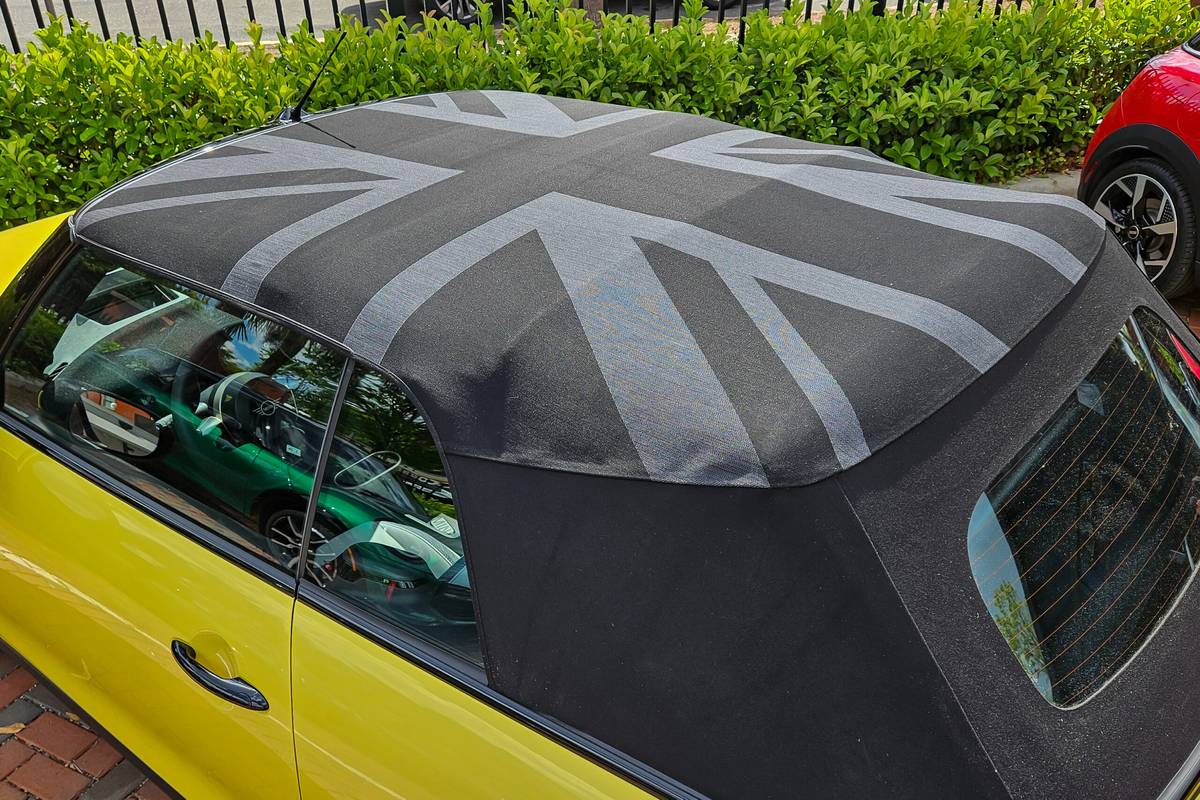
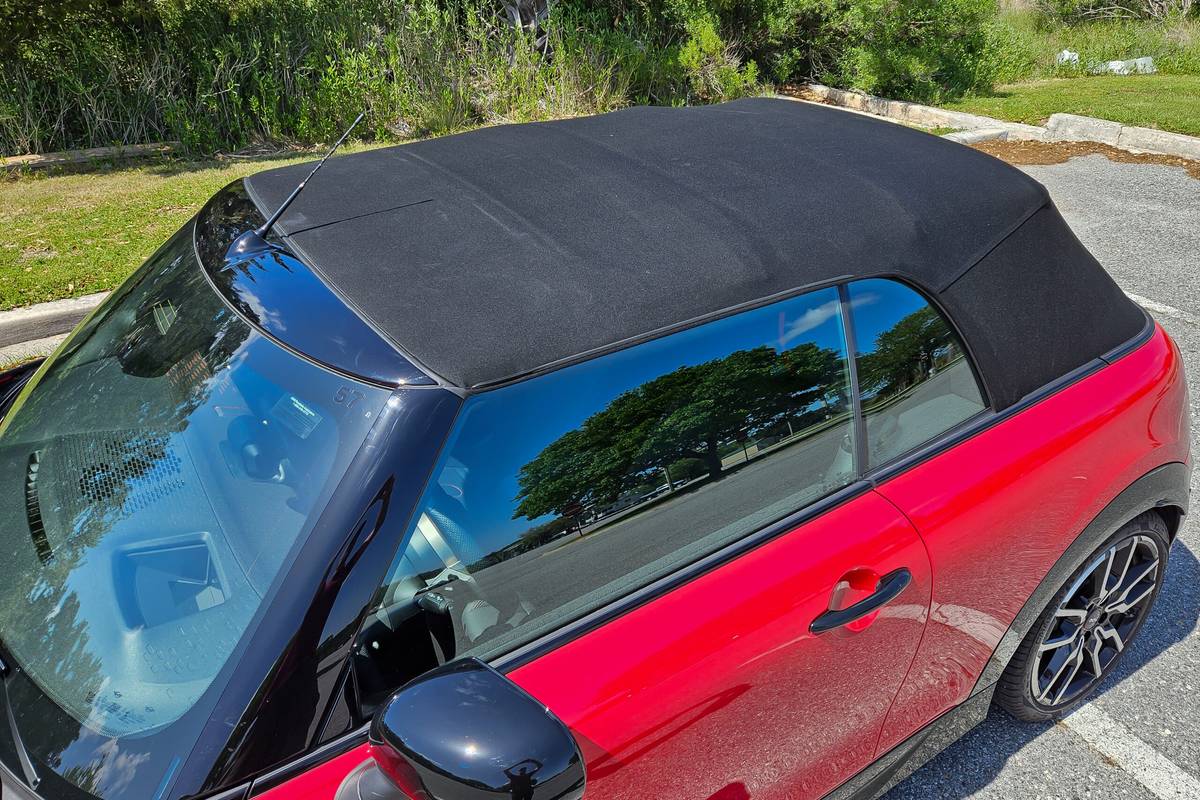

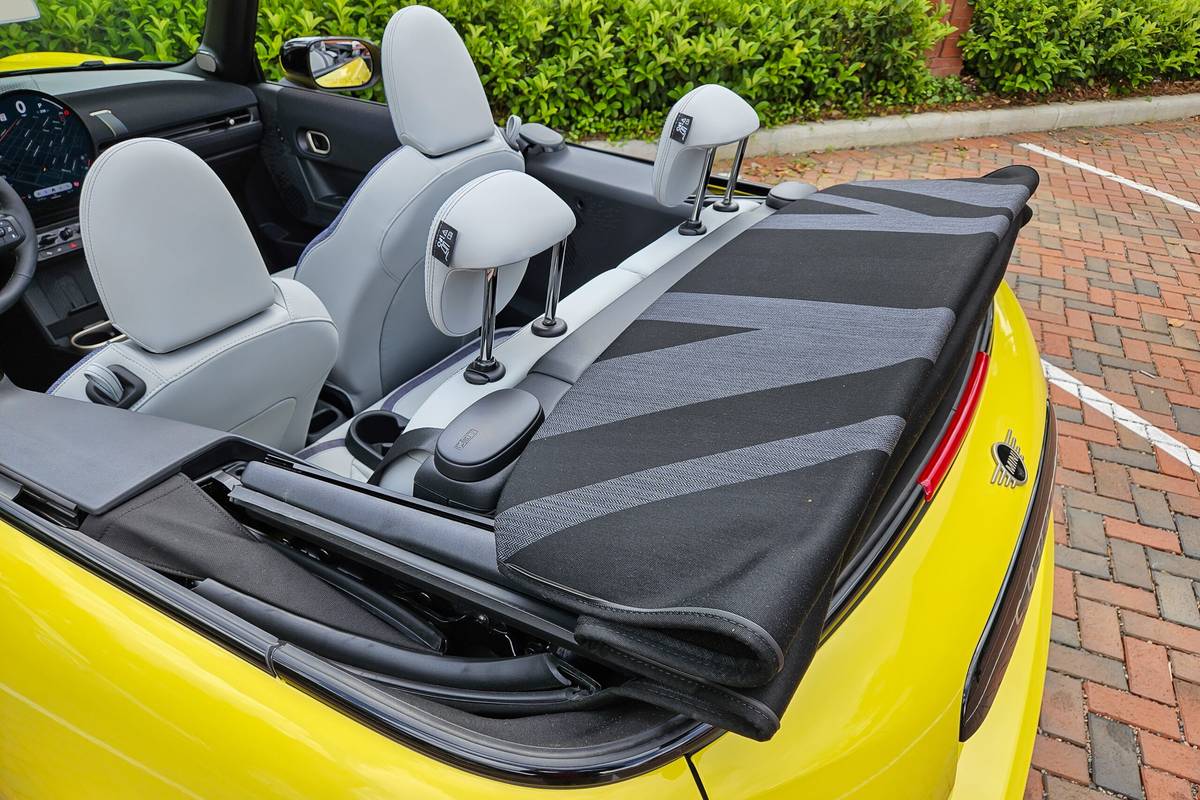
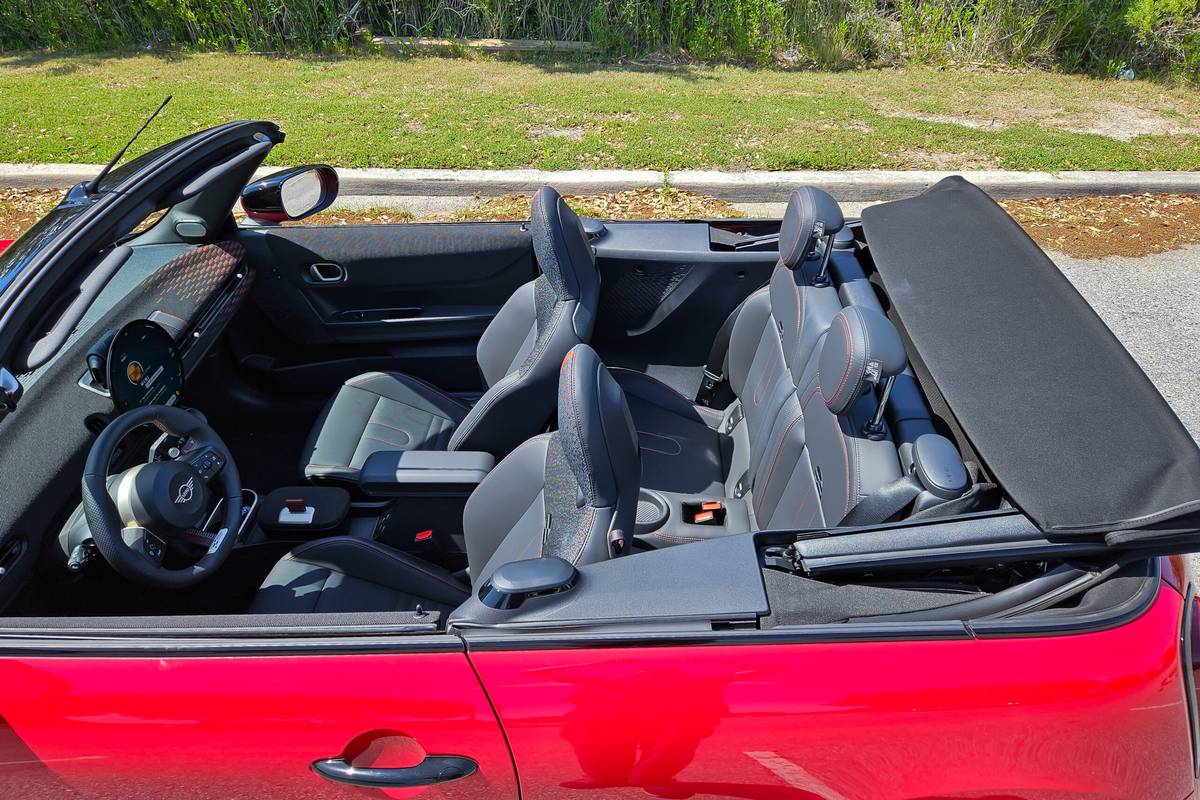





The partially retracted top’s large moonroof is a worthwhile bonus feature. Since I’m extra tall at 6 feet, 6 inches and have the driver’s seat adjusted all the way back, my head is well aft of the moonroof opening, which I liked — I got a breezy, open-air feel without the sun beating down on my head. With the top fully retracted, the wind noise and buffeting are perfectly acceptable, and sun glare wasn’t an issue — I could see the head-up display and infotainment screen fine in the direct sunlight.
More From Cars.com:
- 2025 Mini John Cooper Works Hardtop and Convertible: Maximum Performance Minis
- Mini Brings Back Oxford Edition for 2025 Hardtop
- 2025 Mini John Cooper Works Countryman Review: More in Some Ways, But Not Where You’d Think
- How Do Car Seats Fit in a 2025 Mini Countryman?
- Shop for a 2025 Mini Convertible Near You
How Much Does the 2025 Mini Convertible Cost?
The Mini Convertible’s starting prices range from $35,125 for a base model to $44,875 for a top-trim John Cooper Works. (All prices include a $1,175 destination fee.) Depending on trim level, Convertibles cost $5,000-$5,500 more than their Hardtop counterparts. That’s a rather stiff premium on top of some already-dear prices, but even with a couple of compromises, the Convertible’s retractable roof makes it a more singular vehicle. Enthusiast-focused sporty compacts like the Acura Integra, Honda Civic Si, Mazda3 2.5 Turbo, Subaru BRZ, Toyota GR86 and Volkswagen Golf GTI are all viable alternatives to a Mini Hardtop, but none of those cars offer a retractable roof.
So, again, that leaves only the MX-5 Miata and the Mustang convertible. The Mazda has a purebred, rear-wheel-drive sports-car feel the Mini Convertible can’t match, but as a two-seat roadster, it’s even more cramped for people and cargo. The bigger, beefier and brawnier Mustang ragtop isn’t quite as light on its feet as the Mini, and it’s no bargain either — the entry-level convertible trim starts at $41,715.
Our review of the 2025 Mini Cooper S Hardtop is titled “Logic Need Not Apply.” Typically, logic doesn’t apply to convertibles, either, but the Mini Convertible’s scarce competition means it makes a little more sense. Does that make sense?
Related Video:
Cars.com’s Editorial department is your source for automotive news and reviews. In line with Cars.com’s long-standing ethics policy, editors and reviewers don’t accept gifts or free trips from automakers. The Editorial department is independent of Cars.com’s advertising, sales and sponsored content departments.

Senior Research Editor Damon Bell has more than 25 years of experience in the automotive industry, beginning as an Engineering Graphics researcher/proofreader at model-car manufacturer Revell-Monogram. From there, he moved on to various roles at Collectible Automobile magazine and Consumer Guide Automotive before joining Cars.com in August 2022. He served as president of the Midwest Automotive Media Association in 2019 and 2020.
Latest news
